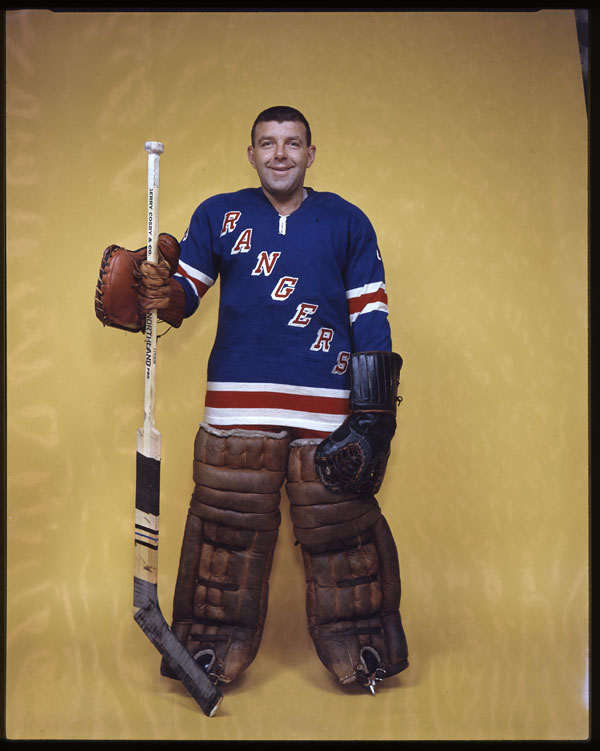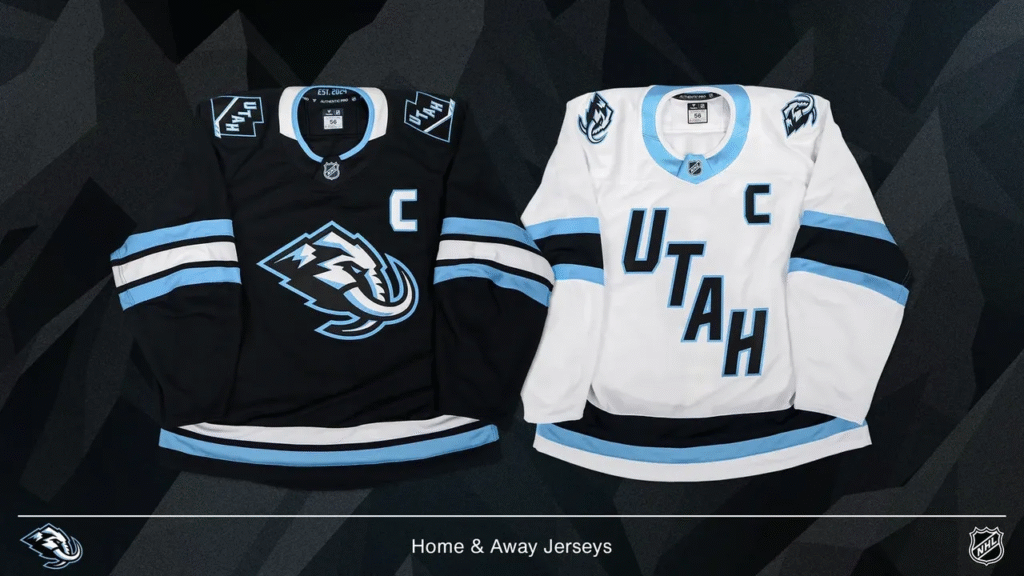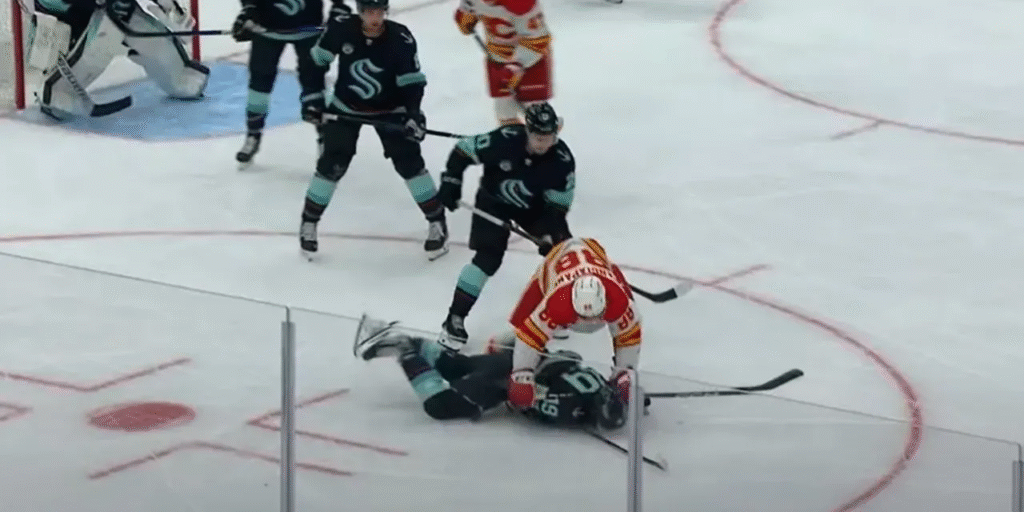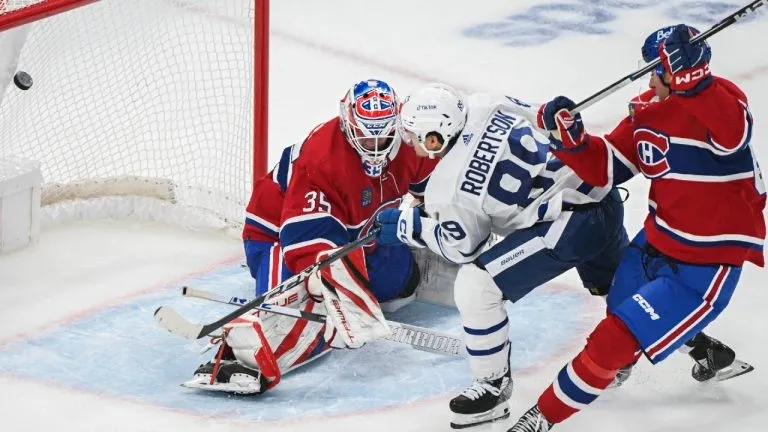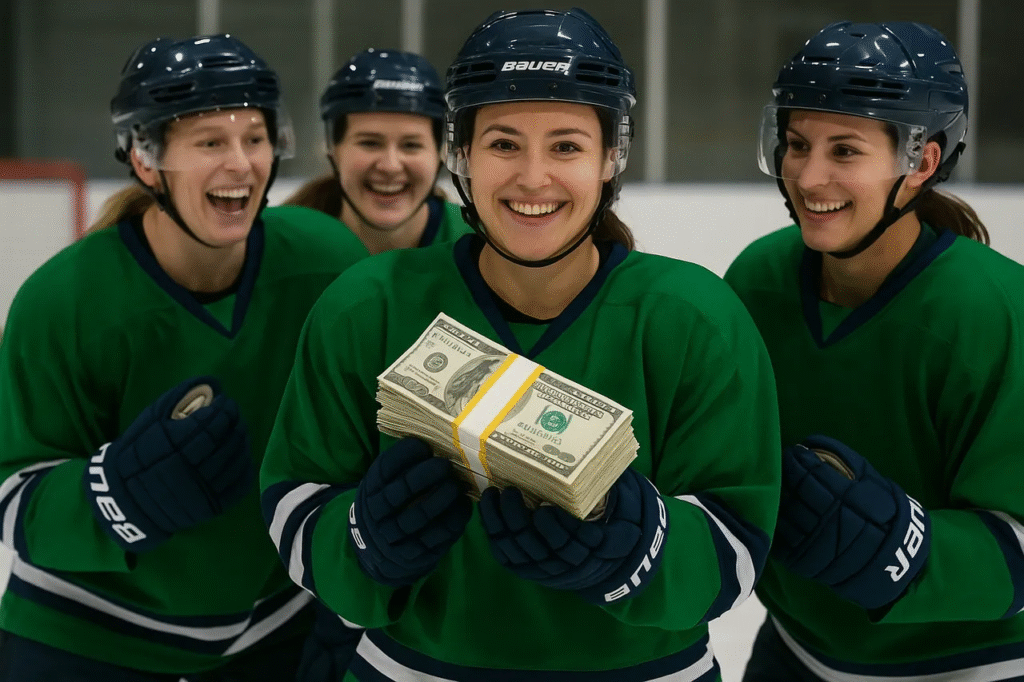• Is there another so-called elite centre in the NHL who spends as much time circling the perimeter of the offensive zone as Toronto’s Auston Matthews? Oddly enough, when play shifts to the defensive end, Matthews is fully engaged—mixing physicality with his elite puck-stripping skills to regain possession time and again.
• Who flipped the Atlantic Division standings upside down when we weren’t looking? Yes, it’s true—the Montreal Canadiens are the flavour of the month so far—but history suggests that what makes a good regular-season team doesn’t always translate to playoff success. The Habs may be fun to watch right now, yet their lack of size and frequent defensive miscues may not hold up when the nasty season begins. There’s more than one way to win, of course, but recent years have shown that size, toughness, and skill tend to outlast pure speed and finesse.
• Judging by early-season returns, handing $136 million to Kirill Kaprizov won’t do much to help the Minnesota Wild—sorry, the Minnesota Wild Spenders—keep pucks out of their own net. GM Bill Guerin defended the stunning payout by saying, “Great players want to play with great players.” Great defenders, not so much?
• Who was the first to describe a man-advantage situation in hockey as a “power play”? Was it the same genius who dubbed the short-handed team “penalty killers”? For context, during the 2024-25 season most teams hovered in the mid-20s on the power play, with Winnipeg leading the way at 28.9%. That doesn’t sound all that powerful to us. Funny, isn’t it, that a trip to the sin bin leaves one team looking to play—while the other is out to kill.
• The Winnipeg Jets are often labeled as an elite team, yet that reputation deserves a closer look. If goaltender Connor Hellebuyck managed to capture both the Vezina Trophy as best goalie and the Hart Trophy as league MVP, it implies he was forced to carry an unusually heavy defensive burden—after all, a goalie doesn’t “stand on his head” unless he’s facing a steady stream of dangerous scoring chances. His individual brilliance may have masked flaws in the Jets’ overall defensive structure. And the fact that Hellebuyck’s play often dips once the postseason begins only reinforces the notion that while he can prop up the team, the team hasn’t been able to return the favor and bail out Hellebuyck when it matters most.
• Why does the NHL insist on stopping play every time the puck glances off the mesh? The game is full of strange and wonderful bounces—off the boards, the glass, skates, sticks, and even ruts in the ice—yet play continues without interruption. In a league desperate to boost entertainment value and scoring chances, why are these harmless net-bounces treated differently?
• While watching Sharks enforcer Ryan Reaves and Rangers policeman Matt Rempe try to rearrange each other’s facial features last week, one question came to mind: Which NHL linesman has taken the most accidental punches to the face while trying to play peacemaker?


